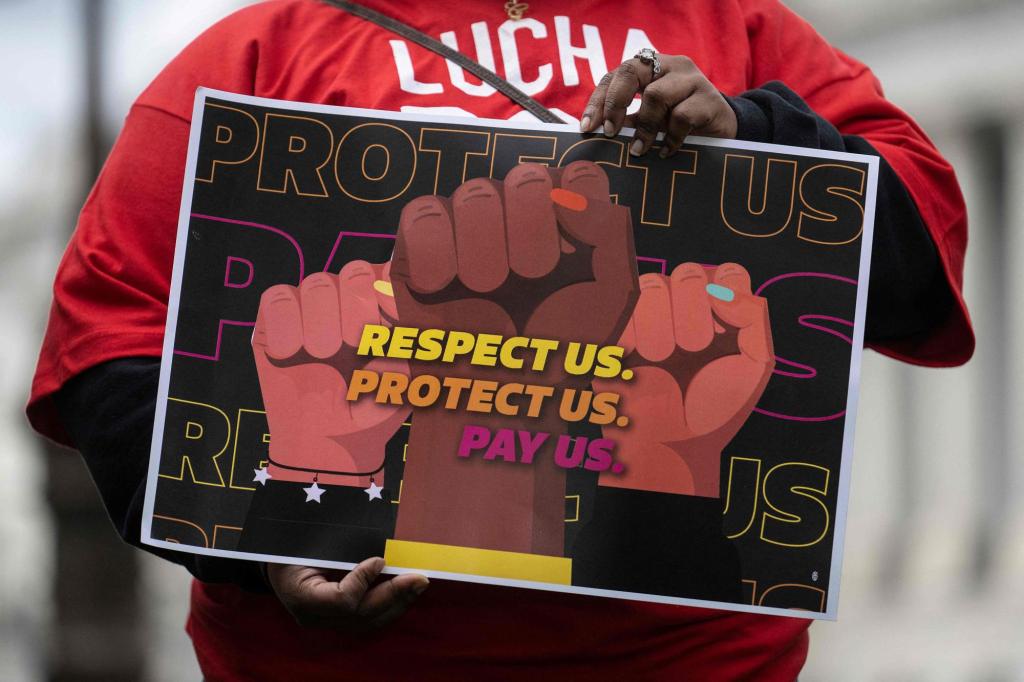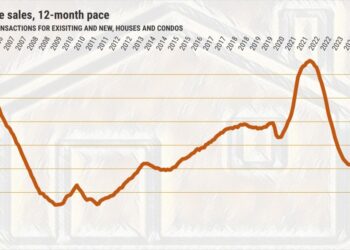By Kevin Hardy, Stateline.org
The minimum wage will increase in nearly half the states this year even as the federal wage floor remains stuck at $7.25 per hour.
In many states, the minimum wage is automatically adjusted upward as inflation rises. But voters in several states, including deeply red ones such as Alaska and Missouri, chose in November to significantly increase their minimum wages this year.
Michigan will see its minimum wage jump from $10.33 to $12.48 on Feb. 21 after the state Supreme Court concluded the legislature subverted residents when it adopted but then significantly amended voter-initiated ballot measures in 2018 to raise the minimum wage and mandate paid sick time.
Michigan’s wage floor is set to rise to $14.97 by 2028 — more than double the federal minimum wage, which has not increased since 2009. That’s the longest period without a federal increase since Congress first set a minimum wage in 1938.
A total of 30 states and the District of Columbia have set their own minimum wage higher than the federal rate. And 67 localities — including Denver; Flagstaff, Arizona; and Los Angeles — have raised their minimum wage above the state minimum, according to the Economic Policy Institute, a left-leaning think tank.
Currently, 10 states have a minimum wage of $15 or higher: California, Connecticut, Delaware, Illinois, Maryland, Massachusetts, New Jersey, New York, Rhode Island and Washington.
Alaska, Florida, Hawaii, Missouri and Nebraska are on track to reach the $15 benchmark in the coming years. Such movement in red states should prompt Republicans who control Congress and the White House to move the national wage floor, argued Richard von Glahn, the political director at the labor advocacy group Missouri Jobs with Justice.
“We should have Republican legislators looking and seeing what their own voters are telling them and say, ‘You know, maybe they’re on to something here and maybe I should follow their lead,” he said.
Von Glahn led a…
Read the full article here







